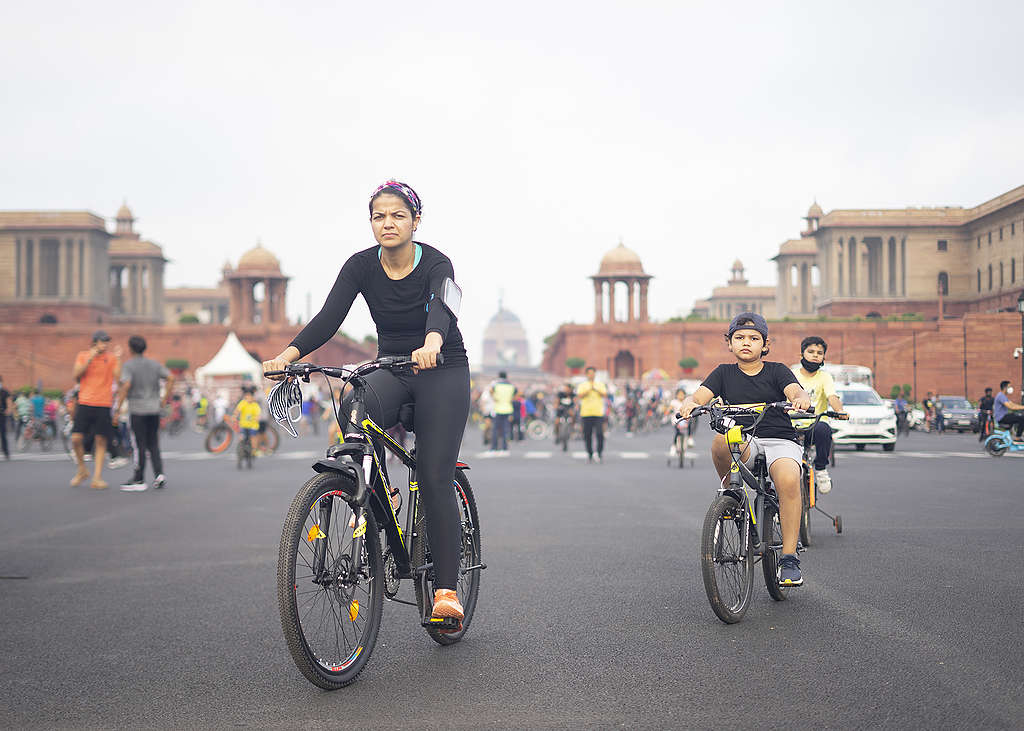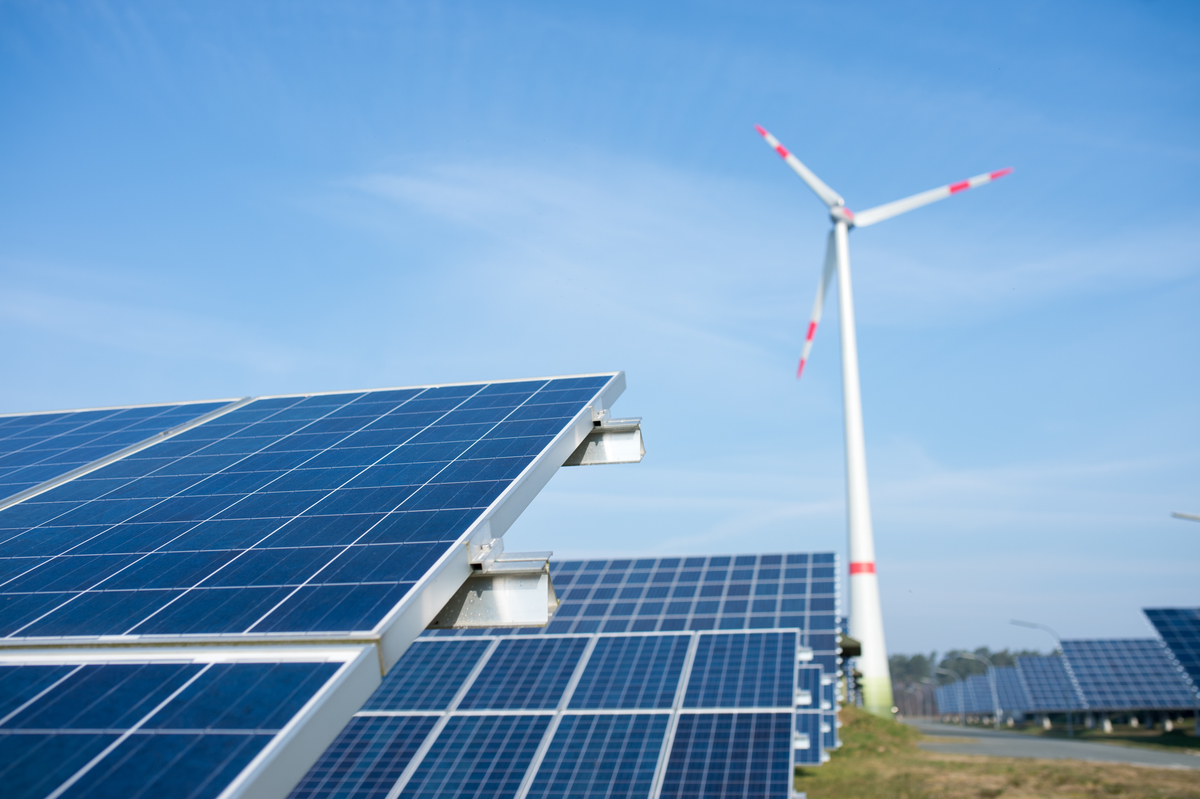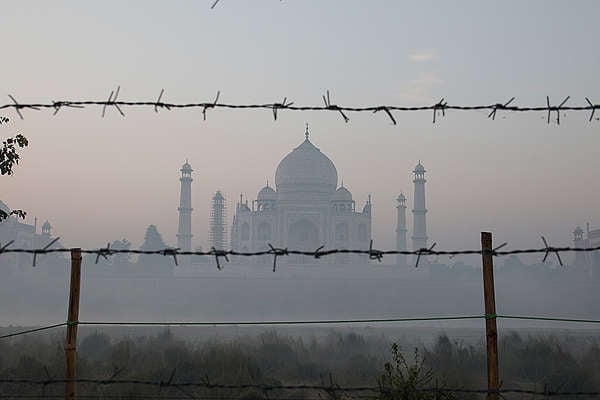“Doling out subsidies has already back-fired. Many areas in Delhi are as a result reporting long outages. Though the DERC, under pressure from power discoms, has hiked tariff rates even before the CAG’s audit results are out, Delhi government’s threat to cancel discoms’ licenses is foolhardy. Delhi chief minister must act smart and promptly announce policy measures to fulfill his manifesto target of meeting 20% of Delhi’s power needs by solar,” said Abhishek Pratap, Senior Campaigner, Greenpeace India.
“Irrespective of what the CAG audit reveals, there will be no end to tariff hikes and power cuts unless generation and distribution of electricity is diversified and Delhi is made self-reliant via rooftop solar,” he added. Jolted by DERC’s tariff hike of 6-8%, Delhiites are now staring at a blackout as the central power supplier NTPC has relented to extend only a 10-day deadline to the defaulting discoms, BSES Rajdhani and BSES Yamuna, to pay their dues.
“As per the hiked tariff rate announced last week, an average household in Delhi will now pay an extra of 8% on the overall bill. An average solar rooftop installation size of 2kW-3kW will generate 350-650 units a month, earning or saving the household Rs. 3,000 approximately. Thus, it can lead to direct 30% savings depending on the usage, besides insuring the household against power cuts and incessant threats posed by discoms,” explains Pratap.
The Aam Aadmi Party in its manifesto for Delhi elections had promised incentives and subsidies to promote solar energy; and set a target of meeting 20% of Delhi’s electricity needs via solar energy by 20222. Greenpeace had written a similar letter to the Delhi government on January 3 asking him to start work on his poll promise of solar energy. “We are still waiting for their response. It is unfortunate to find that the new government has still not prioritized this to find a solution to the energy crisis in the national capital,” added Pratap.
Notes to the Editor:
- Attached below for your reference are the two letters addressed to Hon’ble Chief Minister, Government of NCT of Delhi, dated February 3, 2014 and January 3, 2014, sent by Greenpeace India
- Section of AAP manifesto on solar energy.
https://app.box.com/s/k6zzgdgv0tepbzkfo3bd
3. Comparison of Delhi’s electricity scenario and tariff hike vis-à-vis solar energy
If we analyze the recent trend in electricity tariff in Delhi and the national average benchmark for solar power cost per unit (as shown below), it is absolutely clear that it’s time for solar to shine on the roofs of Delhi.
| Electricity Tariff Slabs (as per August 1st 2013) | Revised Tariff Slabs ( as on 1st Feb 2014 | ||
| Slabs | Energy rate/ unit | Slabs | Energy rate/unit |
| 0-200 | 3.90 | 0-200 | 3.90 |
| 201-400 | 5.80 | 201-400 | 5.80 |
| 401-800 | 6.80 | 401-800 | 6.80 |
| Above 800 | 7.00 | Above 800 | 7.00 |
| Plus a surcharge of 8% on the overall bill | |||
| National Average Benchmark price of Solar is 6.49rs/kWh | |||
Delhi’s solar potential as found in Greenpeace’s Report: Rooftop Revolution – Unleashing Delhi’s Solar Potential
|
Government Buildings |
339 MW |
|
Commercial Buildings |
251 MW |
|
Industrial Buildings |
377 MW |
|
Residential Buildings |
1,243 MW |
Comparison of solar viability in today’s power crunch scenario
| If BSES Rajdhani and BSES Yamuna stop power supply, it will lead to a power crunch of 2,000MW | Only 4% of Delhi’s current rooftop area is enough to produce 2,000MW of electricity |




